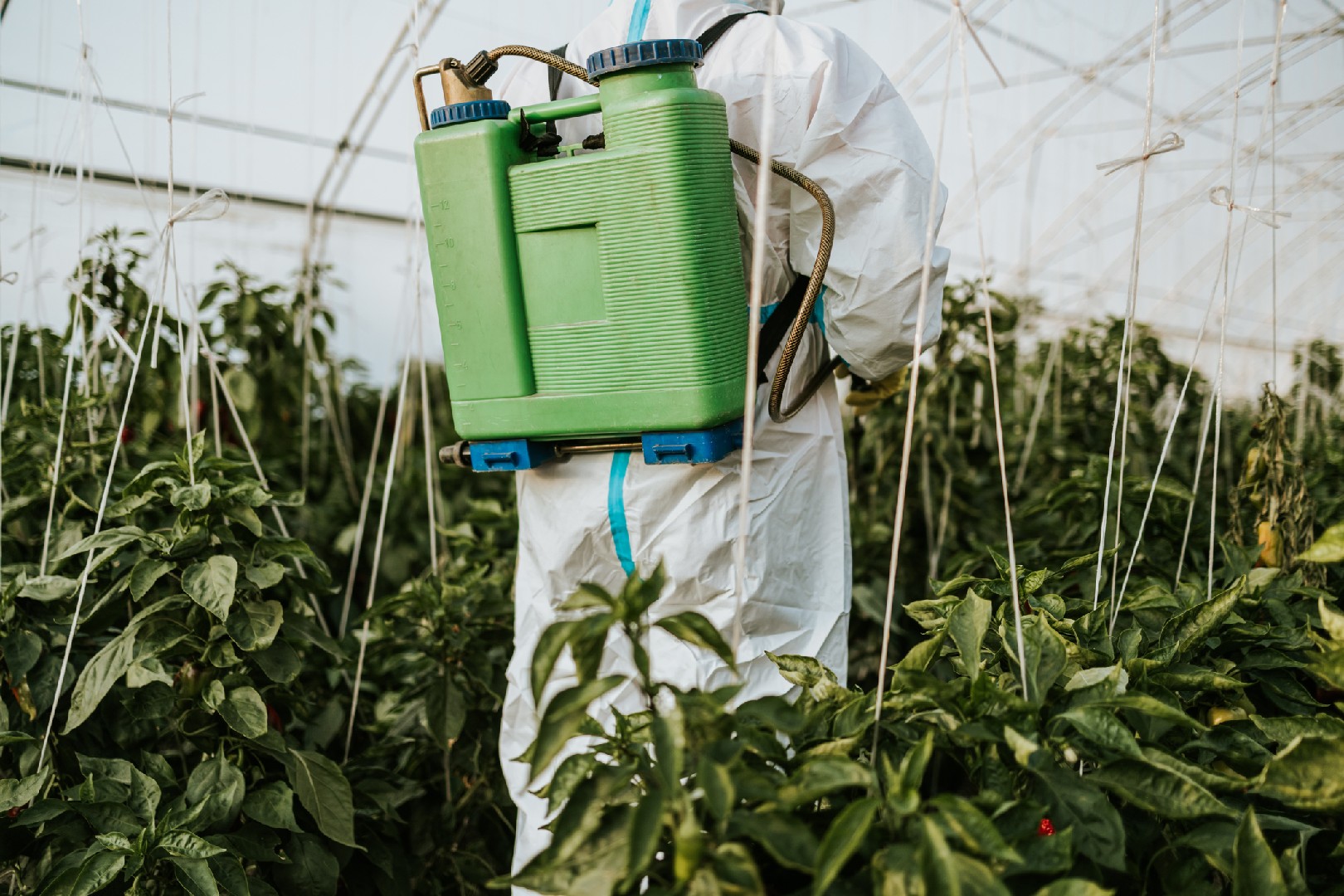![Rectangle]()
Understanding IPM and its Importance in a Greenhouse
Integrated Pest Management (IPM) is a holistic approach to pest control that focuses on long-term prevention and environmentally friendly methods. In a greenhouse setting, IPM becomes even more crucial due to the controlled environment and the need to maintain plant health. By integrating various strategies and practices, greenhouse farmers can effectively manage pests while minimizing the use of harmful pesticides.
At its core, IPM is based on four key principles: identification, prevention, monitoring, and control. The first step in implementing IPM is accurately identifying the pests and diseases present in the greenhouse. This requires knowledge of different pest species, their life cycles, and the signs they leave behind. Farmers should regularly inspect their plants for any signs of damage or infestation, and take immediate action if needed.
Prevention is another essential aspect of IPM. By creating a healthy and well-maintained environment, greenhouse farmers can reduce the likelihood of pest outbreaks. This includes practices such as proper sanitation, removing weeds and debris, and maintaining optimal temperature and humidity levels. Additionally, choosing pest-resistant plant varieties and implementing physical barriers can further prevent pest infestations.
Monitoring is an ongoing process in IPM. Regular monitoring helps farmers stay proactive and detect any signs of pest activity or plant stress. This can be done through visual inspections, sticky traps, pheromone traps, or using digital tools such as sensors and cameras. By closely monitoring the greenhouse, farmers can identify potential pest problems early on and take appropriate action before they escalate.
Control measures in IPM are designed to be environmentally friendly and targeted. Instead of relying solely on chemical pesticides, farmers can use a combination of cultural, biological, and mechanical methods to control pests. For instance, cultural practices like crop rotation, companion planting, and proper irrigation can create an unfavorable environment for pests. Biological controls involve using predatory insects or beneficial microorganisms to naturally suppress pest populations. Mechanical controls include physical methods like handpicking pests or using traps.
By prioritizing plant health, IPM helps maintain a balanced ecosystem within the greenhouse. It promotes the use of sustainable practices that do not harm beneficial organisms and contributes to overall biodiversity. Additionally, by minimizing the use of chemical pesticides, IPM reduces the risk of pesticide residues on crops, ensuring safer produce for consumers.
In conclusion, implementing IPM strategies is crucial for successful greenhouse farming. The principles of IPM, including identification, prevention, monitoring, and control, help greenhouse farmers manage pests effectively while prioritizing plant health. By adopting sustainable and environmentally friendly practices, farmers can create a thriving greenhouse ecosystem that produces healthy and high-quality crops. So, whether you are a seasoned greenhouse farmer or just starting out, incorporating IPM into your farming practices is a valuable investment that will yield long-term benefits.





